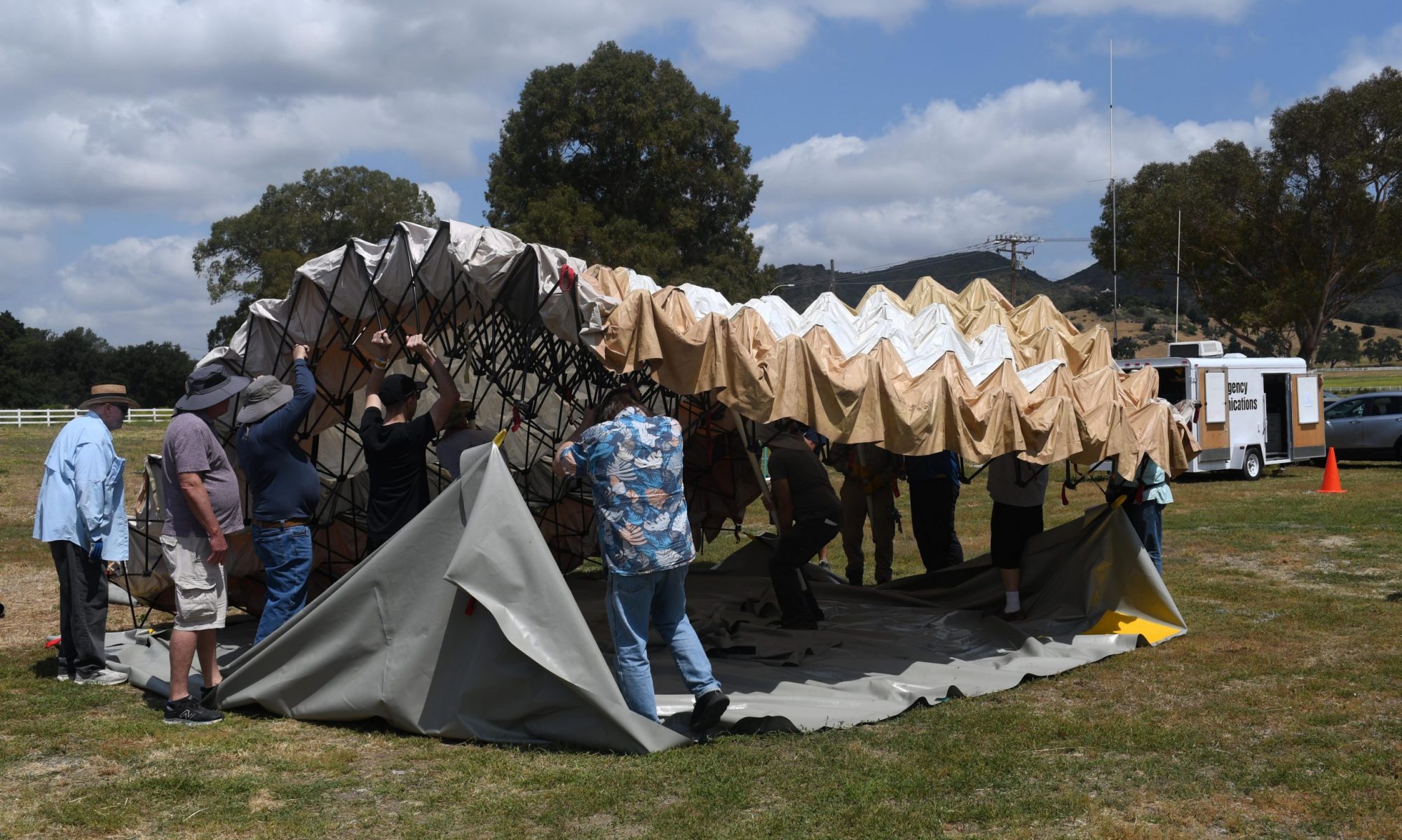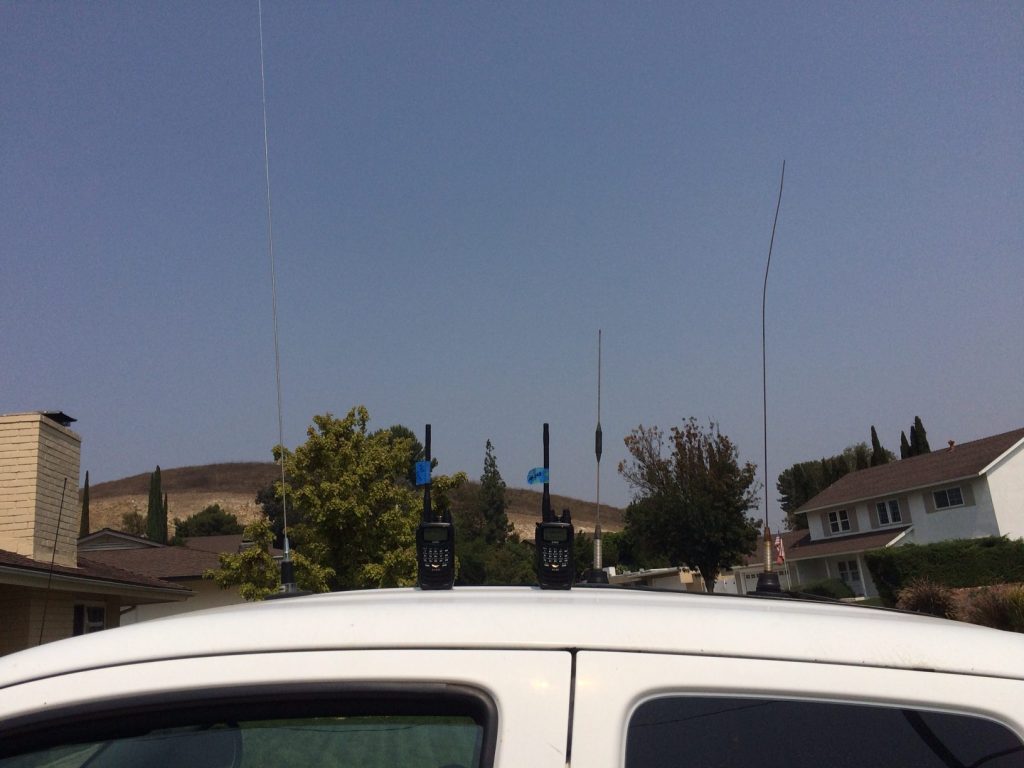
By Pete Heins-N6ZE
The fourth of the major yearly VHF contests was held during the second weekend in September. I’d known for months that it would be significantly affected by the COVID-19 virus because multi-operator and two-person rover operations would be nearly impossible to achieve. Then high temperatures and dense, polluting smoke from the wildfires further inhibited the contest event.
Originally, as a rover, I’d planned to drive north from Thousand Oaks along US-101 (Grid CM94) to Cambria (CM95), then over the coastal range to Bakersfield (DM05) and back to Thousand Oaks to activate four grids on Saturday. On Sunday I planned to include operations from a favorite location on a ridge in the Santa Monica Mountains, then move south to Palos Verdes (DM03) to pick up a bunch of QSOs on several bands.
What actually happened was I operated from four locations within the city limits of Thousand Oaks (DM04) on Saturday. On Sunday, I drove through the Malibu Canyon to Pepperdine University and then along the coast to the cities of Santa Monica, Marina del Rey, LAX and El Segundo (DM03).
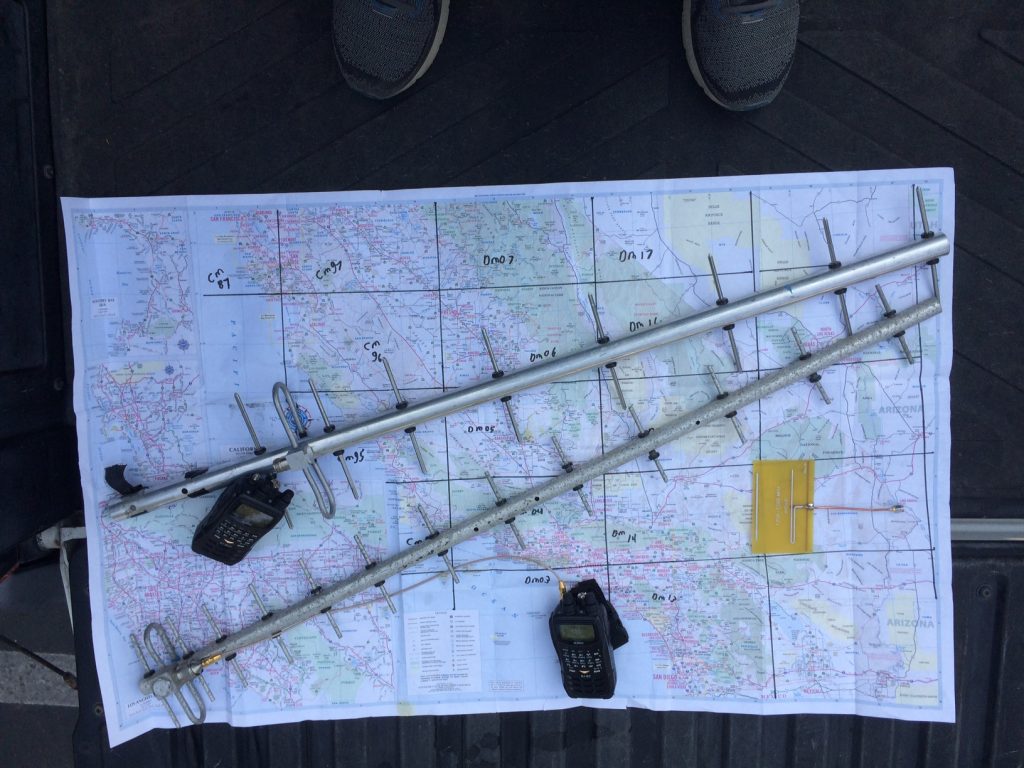
As an elderly ham, I stuck with my usual comfort level. No data (FT-8) QSOs were attempted. My “logging program” was my usual yellow pad and pen. My primary bands were 6 meters, 2 meters, 135 cm and 70 cm using mag-mount whips on the roof of my pickup truck. I primarily used a Yaesu FT857 for 6 meters, 2 meters and 70 cm. On 6 and 2 meters I operated at about 50 watts and 10 watts on 70 cm. My primary 135cm radio was a 25-watt Kenwood TM331-A. Because very few stations have equipment for the 33 and 23 cm bands, each contact on the higher bands typically requires coordination/liaison on a lower band. I own two ALINCO FM Simplex handheld radios for use on 33 and 23 cm. For those bands, the antenna system can be a standard rubber ducky whip, WA5VJB PC Board 3 element yagi, or a 10 element M-2 yagi.
Contest Highlights and Trivia
I heard and communicated with many Ventura County stations during the event.
No one observed six meter sporadic E propagation during the contest, but we all utilized great tropospheric enhancement from Ventura County south to Tijuana, Mexico (DM12) on all frequencies from 50 MHz to 1296 MHz. With 2 watts on 70 cm, QSOs from downtown Malibu to San Diego and to K4XSS who was operating from San Clemente Island (DM02) were the norm. Even 6 meters from Malibu to San Diego was possible.
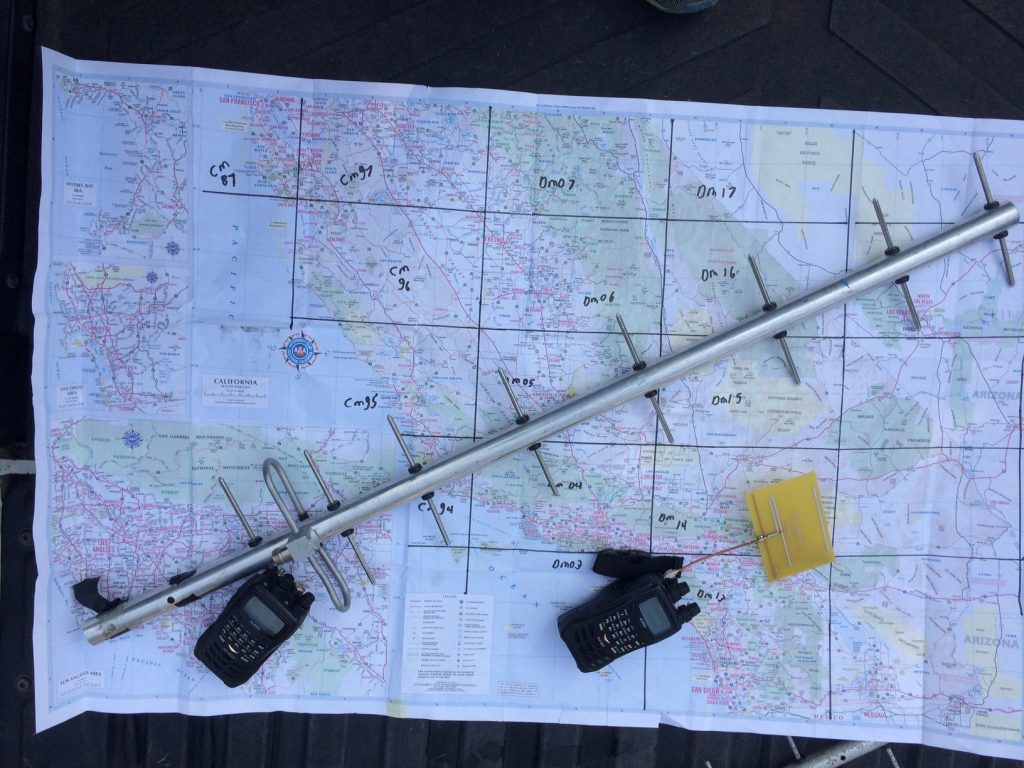
At about 7 pm on Sunday evening as I was again transiting downtown Malibu, KG6IYN and WB9COY in San Diego (DM12) were very strong on both 2 meters and 70 cm. We agreed to attempt to make contact five minutes later on 33 cm (927.5 MHz FM Simplex) and 23cm (1294.5 MHz FM Simplex) when I got to the Malibu Bluffs State Recreation Area park located by PCH and the terminus of Malibu Canyon Road. SURPRISE: all VHF/UHF signals from San Diego had disappeared. I had gotten above the duct which the signals could propagate through. My location was only about 140 ft above sea level. Note the red “X” in the Malibu Bluffs map illustration.
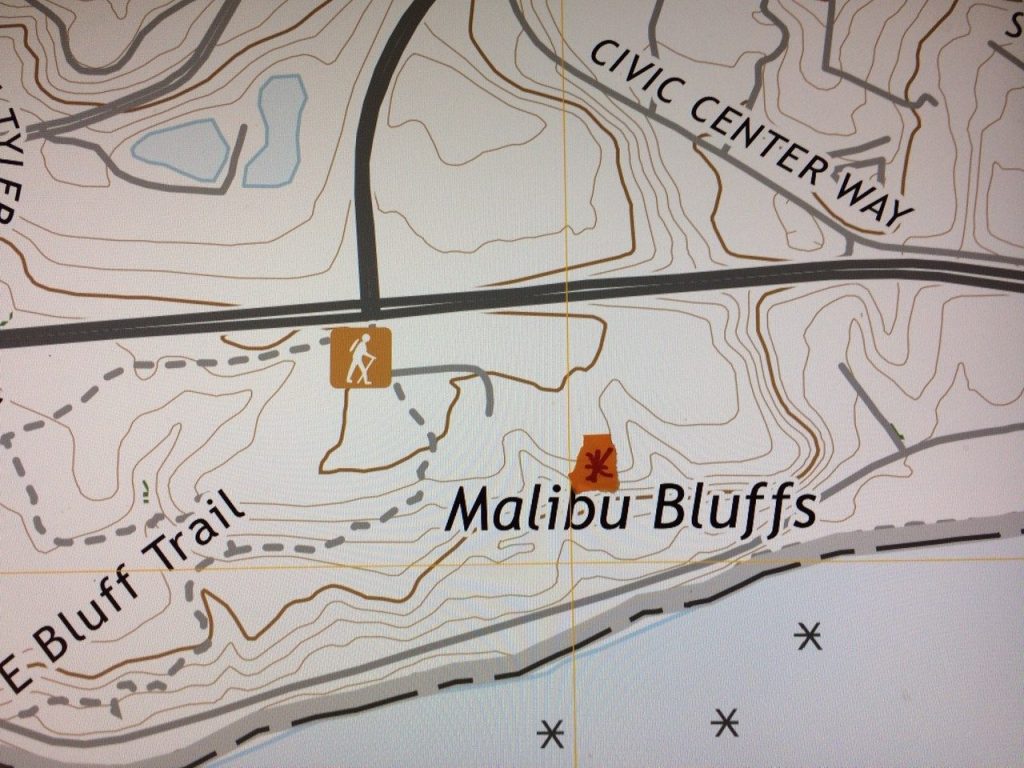
From one location in Thousand Oaks, I worked Steve, WA6EJO of Ventura on six different bands.
At various times over the weekend, a rare grid K4XSS (DM02) was easily worked by most southern California stations and KA6KEN with a newly purchased rig drove to a Gaviota Campground to hand out Grid CM94 on 2 meters.
N6ZE/R operated from just two grids this time and did not operate from more than about 1200 ft above sea level at any time. Just under 150 contacts were achieved, primarily on the lower four bands, but two QSOs were completed on 33cm and 23cm also. Four grids were recorded on 6 meters and 135 cm, while six grids were worked on 2 meters and 70 cm. One grid was worked on 33cm and 23cm. There were 52 different callsigns were entered in my log and many CVARC, VCARS, VCARC members were included.
Roving in multiples of grids is usually popular during the September VHF Contest, but most of them elected to stay away from the fires and smoke this time. For a while, I thought that I’d be able to activate grid DM04 only.Terry-AE6JR, rendezvoused with me at one site and we got to refine some of his contesting techniques with me observing his operation and he observing mine. That was great fun.
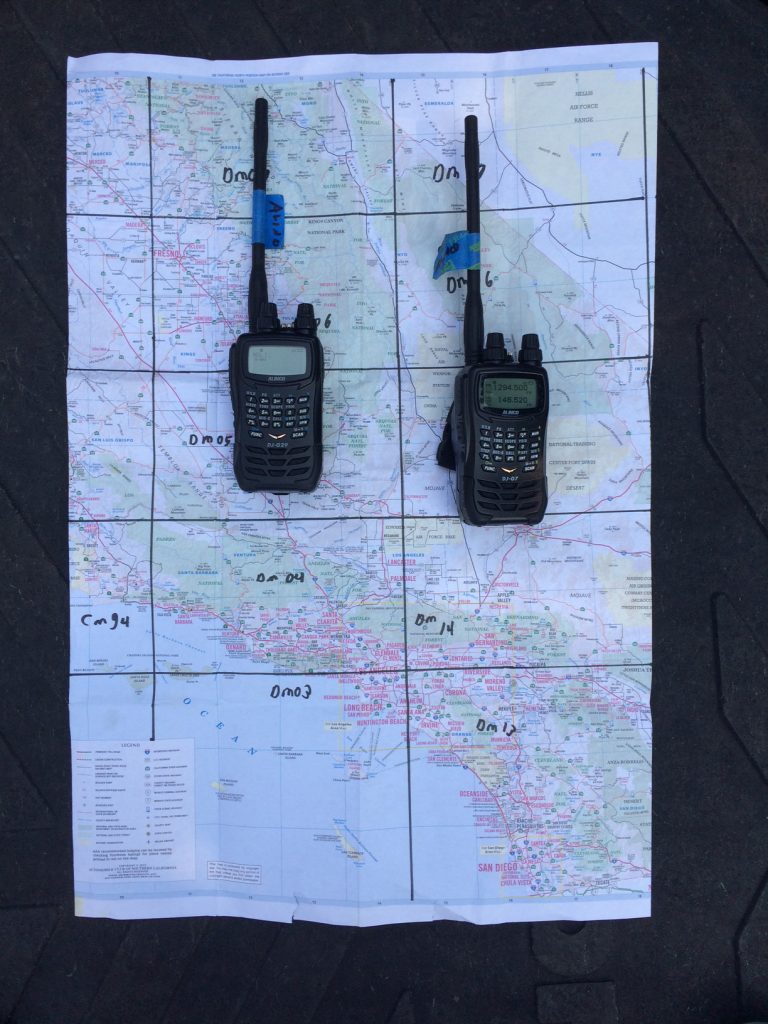
Thanks to everyone who participated in the event, and please remember to send your scores to the 3830 rumor page and ARRL in the next couple of days.
Bt73
Pete, N6ZE/Rover
If this has inspired you, here are four fall sprints coming up:
- 2 meters: Monday, September 21, 7 – 11 P.M.
- 135cm (222-223MHz): Tuesday, September 29, 7 – 11 P.M.
- 70cm (432-446MHz): Wednesday, October 6, 7 – 11 P.M.
- 33cm (900MHz & up): Saturday, October 16, morning hours
